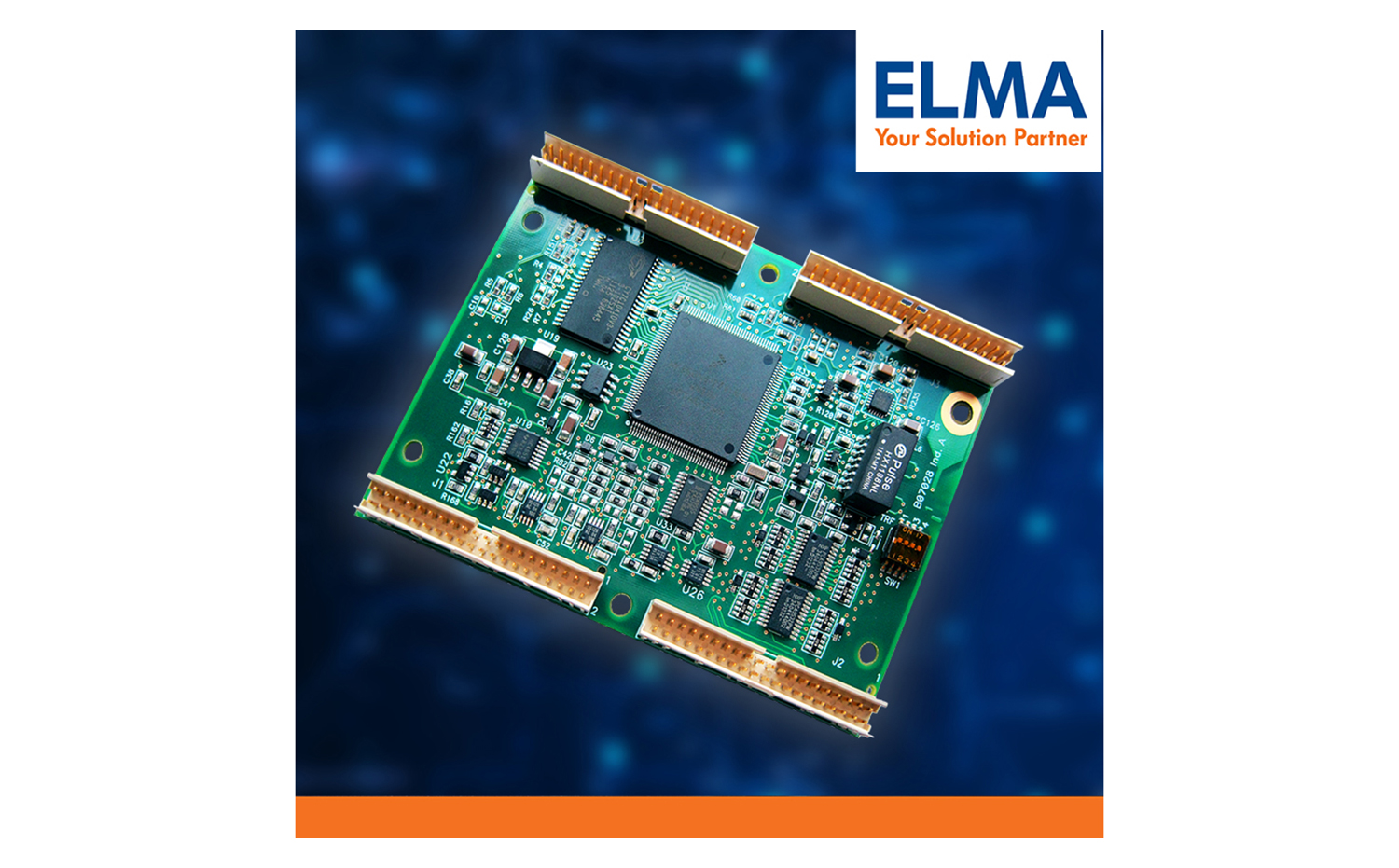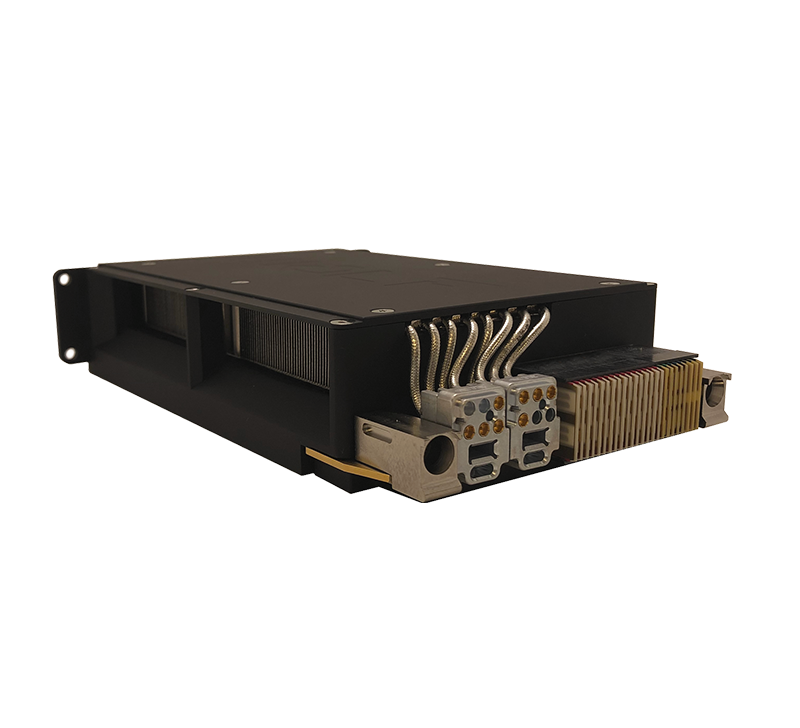Cooling: We seem to be measuring designer machismo by the size of the fans in the chassis. At CES, I saw the preview of the Antec P190 chassis with a gigantic 200mm diameter side fan. Gamers don’t think it looks “cool” enough, but it keeps the contents cool which is what really counts.
VME is no different: today’s power-hungry designs require aggressive cooling, and we’re seeing manufacturers respond. At Bus&Board, Curtiss Wright demonstrated a VPX platform in an open frame evaluation chassis with massive fans – if it had been properly ducted, it could have doubled as a hovercraft. Tracewell is talking about air cooling platforms with capability nearing 3000 watts in a 21-slot VME chassis.
I’m seeing forced air cooling as the next wave of competitive differentiation among both board manufacturers and systems integrators – those that do it right will win. The hype over exotic techniques such as spray cooling seems to be dimming a bit, and good old forced air with new techniques is the best choice for many system designs.
Processing: PowerPC processors didn’t go away. We saw Freescale 8641D processors on several product introductions at Bus&Board. While moving to dual core helps, they’re still higher in absolute power consumption than processors of a decade ago. We also saw a public preview of the P.A. Semi PWRficient processor architecture prior to their February 5th launch. The PWRficient is aptly named – it strives to provide a 2x (or higher) performance improvement over the 8641D at roughly a third of the power consumption.
We also saw Intel Core Duo announcements on VME boards. While the Core Duo presents a compelling software story and a very good performance per watt ratio, I don’t think it or the latest PowerPC entries are the ultimate answer for VME.
I think in the next few years we’ll see more boutique processors start showing up on VME designs. With the availability of higher performance IP cores and reconfigurable FPGAs, I’m envisioning designers concerned most with I/O, power consumption, and lifecycle will choose to design a processor in very limited volumes tailored exactly to the job at hand.
Apexing: VME technology is driving more and more for the very top of the pyramid. With Motorola disappearing from the VME market, nobody is pushing the low cost envelope with VME. In fact, manufacturers are packing more into VME designs to raise prices and margins.
We’re seeing more and more that VME equates with defense systems and high-end platforms with similar needs – it’s built into the definition VITA has put forth for Critical Embedded Systems. I think we’ve seen the end of attempts to drive VME into midrange platforms for industrial, telecom, medical and other vertical markets, and this apexing – positioning at the top of the pyramid – will continue.









